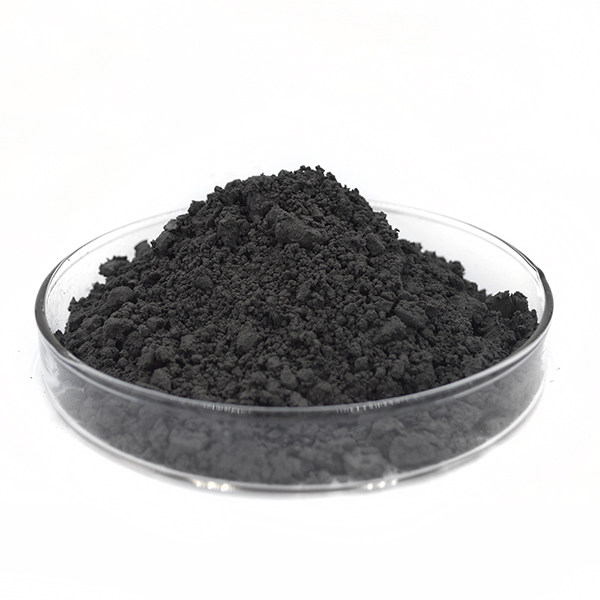

Steel-bonded cemented carbide is a new type of engineering material that has both the properties of cemented carbide and some characteristics of ordinary steel. When designing, it can neither be considered completely according to cemented carbide nor completely according to steel, but can only be designed according to its own performance. , to get the best results.

1. Wear-resistant parts: Such products usually require high hardness, good wear resistance and corrosion resistance. The first consideration in the design is the use environment and stress conditions, so as to facilitate the selection of the corresponding steel-bonded cemented carbide material. Then, the structure of the part is designed according to the performance of the steel-bonded cemented carbide material, and the overall structure can be adopted for the mechanical properties of the small size of the part and the less force than the selected material. For parts with large size and the mechanical properties of the selected material close to or greater than that of the selected material, a combined structure should be adopted, otherwise the parts will be damaged early.
2. Cold punching, cold shearing and cold heading dies: such dies have a wide range of applications, the stress conditions are extremely complex, and they are prone to early failure during use. In addition to the design, the reasons for failure also involve machining accuracy, heat treatment, assembly accuracy, installation and adjustment accuracy, and the quality of operators (technical level, sense of responsibility, etc.). When designing such steel-bonded cemented carbide molds, the stress conditions should be analyzed and calculated, so that the corresponding alloy materials can be selected. In terms of mold structure, steel-bonded carbide parts and components should be reinforced or combined structure should be adopted. Usually, the lower mold adopts insert sleeve, and interference fit must be used when inserting sleeve. For cold shear molds, the matching clearance can be designed to be 1.5-2 times that of the steel mold clearance.
3. Refractory mold: The precision of such molds is not high. The reason for mold damage is that the molding surface is worn out by abrasives and is out of tolerance or pulled into grooves. There are also cases where the molding surface is worn by abrasives and chemically corroded. The former only needs to be 2.5-3 times the height of the forming surface, inlay or dovetail to fasten the steel-bonded carbide plate of a certain thickness, while the latter needs to be 2.5-3 times the height of the forming surface. Corrosion resistant steel bonded carbide or carbide plate.
Hot information

